Pasilla vs. Ancho Chiles: The Spicy Showdown You Never Knew You Needed!
Table of Contents
- Introduction: Why These Chiles Matter
- What Are Pasilla Chiles?
- What Are Ancho Chiles?
- Pasilla vs. Ancho: A Flavor Face-Off
- Culinary Uses: From Mole to Marinades
- Buying Guide: How to Choose Your Champion
- Storage Tips: Keep the Heat Alive
- Cooking Tips: Roast It, Soak It, Blend It!
- Common Mistakes to Avoid
- Conclusion: Which One Wins Your Kitchen?
Introduction: Why These Chiles Matter
If you’ve ever stood in front of a spice rack staring at labels like "pasilla" and "ancho," wondering which one to grab, this is your moment. Both come from dried poblano peppers, yet they offer wildly different experiences on your plate.
In this spicy showdown, we’ll explore their flavors, heat levels, culinary roles, and even give you tips on how to store and use them like a pro. Ready to pick your pepper pal?
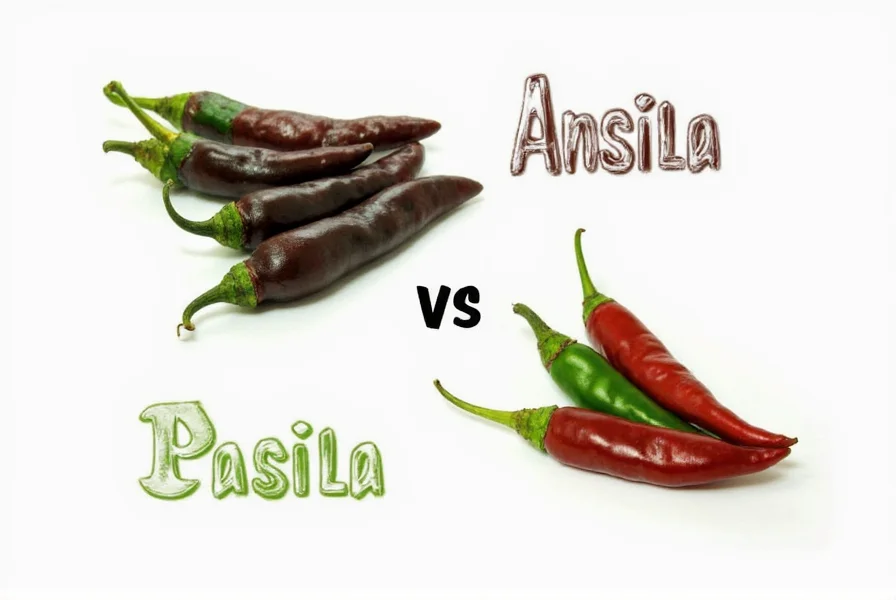
What Are Pasilla Chiles?
Pasilla translates to "little raisin" in Spanish—fitting because these chiles are known for their dark, wrinkled appearance and rich, fruity undertones. They’re actually the fully matured version of the poblano chili, left longer on the vine before drying.
Flavor Profile:
- Earthy with notes of cocoa and coffee
- Subtle sweetness with hints of dried fruit
- Mild to moderate heat (1,000–2,500 SHU)
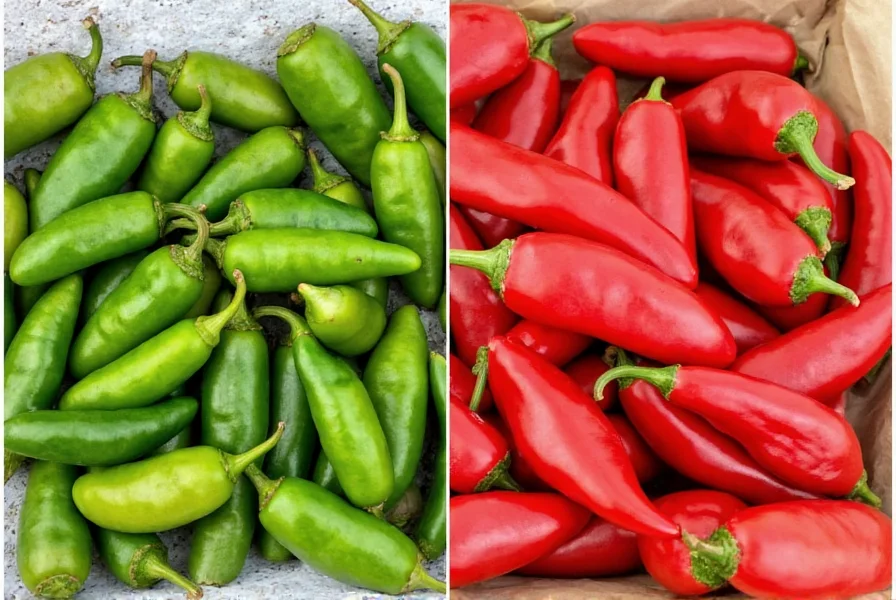
What Are Ancho Chiles?
Ancho means "wide" in Spanish, and it’s easy to see why—they’re simply dried poblanos harvested when they’re still greenish-red. They’re meatier and milder than their pasilla cousins, making them ideal for beginners and bold dishes alike.
Flavor Profile:
- Sweet, smoky, and slightly fruited
- Mellow heat (1,000–1,500 SHU)
- Fleshy texture that holds up well in sauces
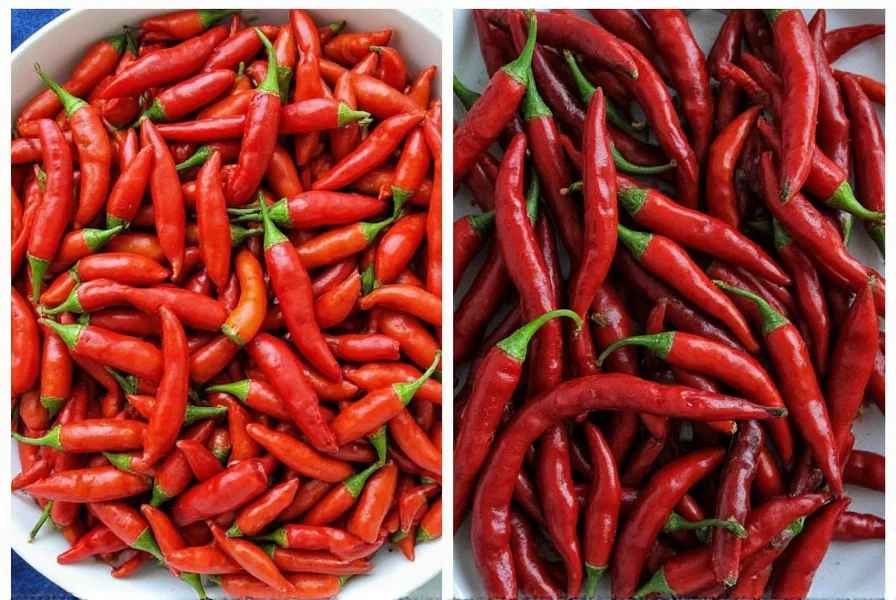
Pasilla vs. Ancho: A Flavor Face-Off
Let’s break it down side by side:
| Feature | Pasilla Chile | Ancho Chile |
|---|---|---|
| Heat Level | Moderate (1,000–2,500 SHU) | Mild (1,000–1,500 SHU) |
| Flavor Notes | Earthy, cocoa, prune-like | Smoky, sweet, fruity |
| Texture | Dryer, crisp skin | Thicker flesh, chewier |
| Best For | Mole negro, complex sauces | Red enchilada sauce, moles |
Culinary Uses: From Mole to Marinades
Both chiles shine in traditional Mexican cuisine, but here's where each truly earns its place in the kitchen:
Pasilla Shoutouts
- Mole Negro: A star player in Oaxacan mole, adding depth and a near-coffee flavor.
- Stews & Braises: Great for slow-cooked meats needing a touch of warmth and complexity.
Ancho Applause
- Red Enchilada Sauce: Its mild sweetness balances tangy cheese perfectly.
- Adobos: Pairs beautifully with garlic, vinegar, and spices in marinades.
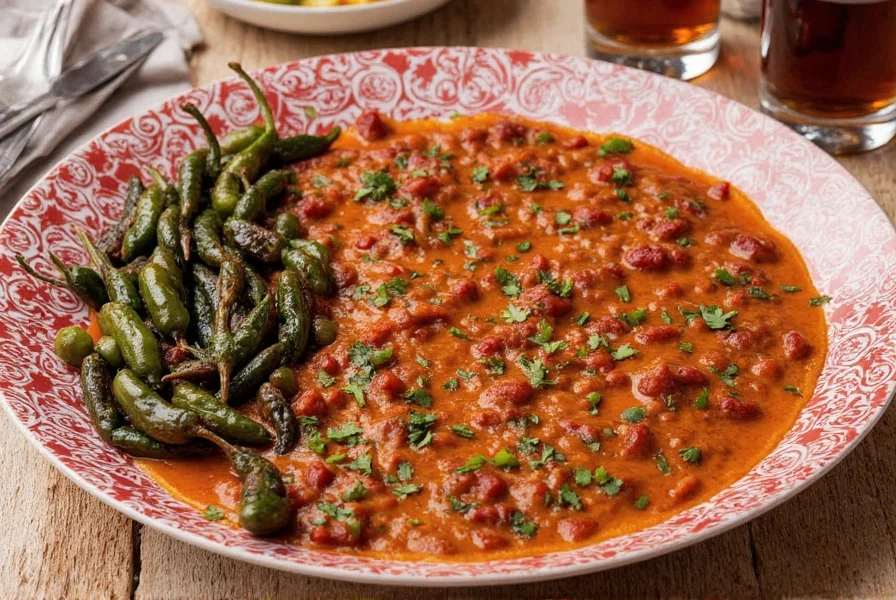
Buying Guide: How to Choose Your Champion
Choosing between pasilla and ancho depends on what you want from your meal. Here’s a quick guide to help you make the call:
Pasilla Pickers
- Features: Dark color, thin walls, brittle skin
- Advantages: Deep, intense flavor; perfect for rich sauces
- Use Cases: Mole recipes, braised meats, hearty soups
- Target Audience: Experienced cooks looking to elevate flavor
- Occasions: Special dinners, festive meals, or holiday roasts
Ancho Advocates
- Features: Wider body, thicker flesh, deep red color
- Advantages: Mellow, versatile flavor; great for blending
- Use Cases: Sauces, salsas, adobo rubs
- Target Audience: Home cooks, beginner spice lovers
- Occasions: Weeknight dinners, family-friendly meals
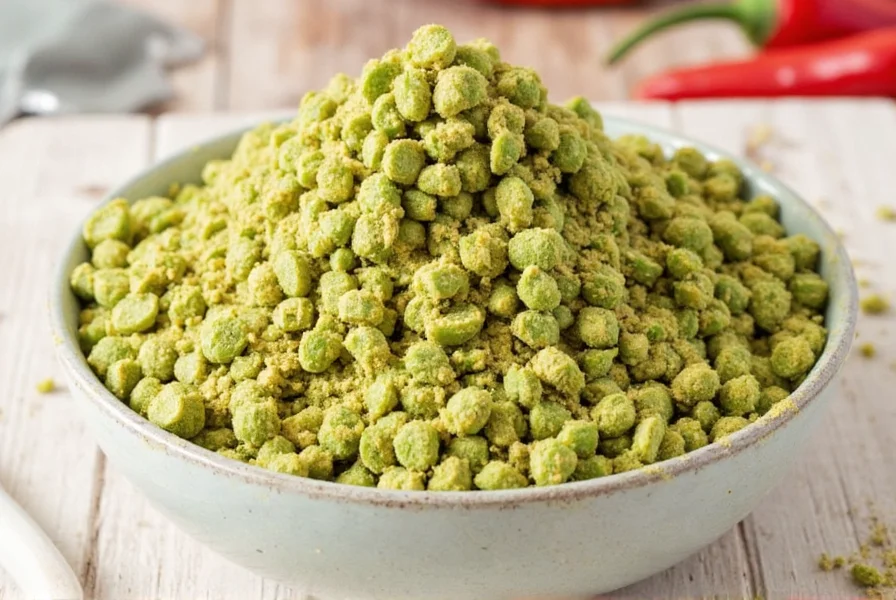
Storage Tips: Keep the Heat Alive
Proper storage can keep these chiles tasting fresh for months. Here’s how to do it right:
- Whole Chiles: Store in airtight containers in a cool, dark place for up to a year.
- Ground Powder: Keeps potency longer but loses aroma faster—use within 6 months.
- Freezing Option: Yes, you can freeze whole dried chiles in sealed bags for up to two years.
Cooking Tips: Roast It, Soak It, Blend It!
Maximize flavor with these pro techniques:
- Roast Before Use: Toast them lightly in a dry pan or under the broiler to unlock aromatics.
- Soak for Softness: Rehydrate in hot water or broth for 20–30 minutes before blending.
- Seed Control: Remove seeds for milder flavor, leave some for extra kick.
- Pair Smartly: Anchos go well with tomatoes and vinegar; pasillas pair beautifully with chocolate, cinnamon, and nuts.
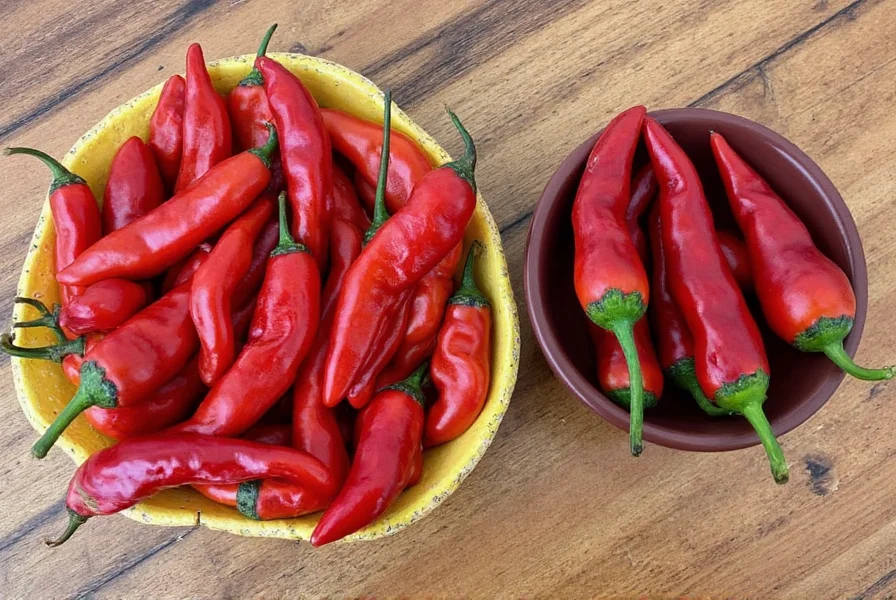
Common Mistakes to Avoid
Even seasoned cooks can slip up—don’t let these happen to you:
- Over-soaking: Can dilute flavor and make the chiles mushy.
- Using Too Much: Especially with pasillas—start small and adjust.
- Not Removing Stems: They’re tough and bitter; snip them off before soaking.
- Blending Without Straining: For silky sauces, strain after blending unless texture is desired.
Conclusion: Which One Wins Your Kitchen?
There’s no clear winner in the pasilla vs. ancho battle—it all comes down to personal taste and recipe needs. If you crave depth and drama in your sauces, reach for pasilla. If you prefer mellow warmth with a touch of sweetness, ancho is your friend.
Whichever you choose, remember: both are power players in the spice world. Now go forth, season boldly, and make your next dish unforgettable!
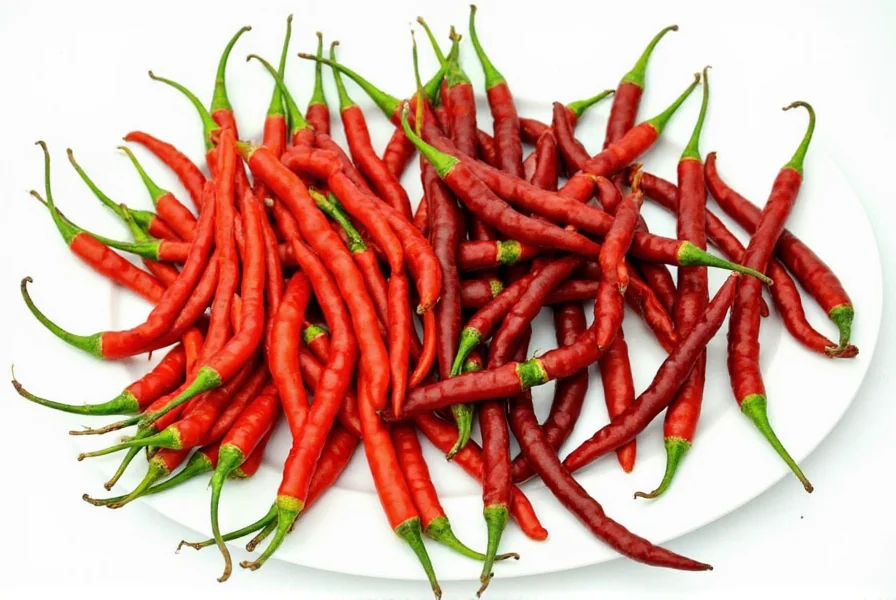

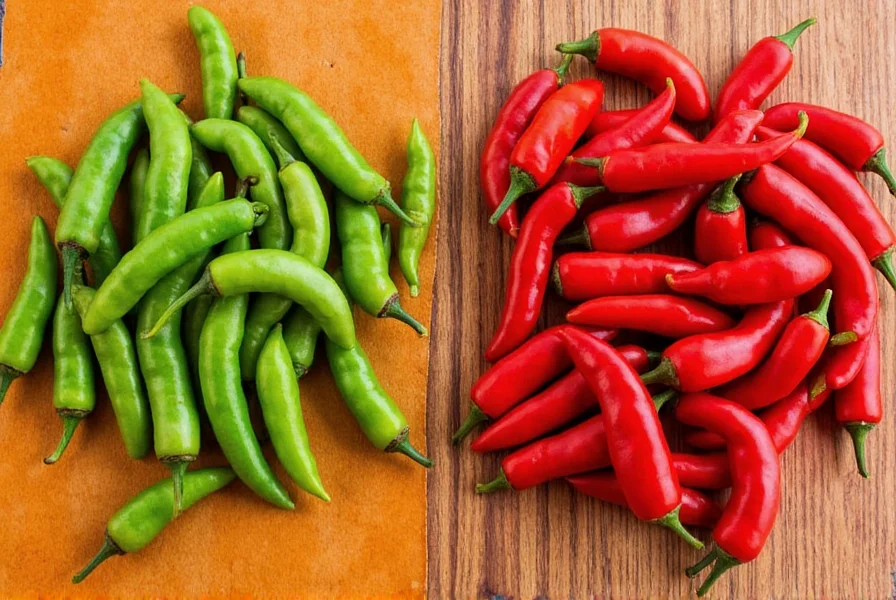









 浙公网安备
33010002000092号
浙公网安备
33010002000092号 浙B2-20120091-4
浙B2-20120091-4